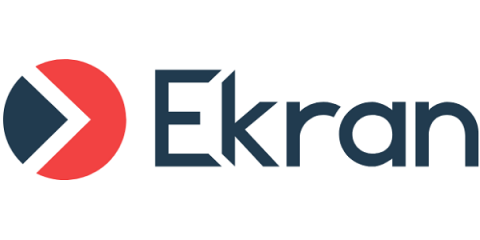SQL Injection in WordPress Plugins: ORDER and ORDER BY as Overlooked Injection Points
Trustwave SpiderLabs recently undertook a survey of some 100 popular WordPress plugins for possible SQL Injection vulnerabilities. Some good news is that in the vast majority, no such vulnerabilities were identified. Most plugins were found to be using either prepared statements or suitable sanitization when incorporating user-controlled data in a query.









